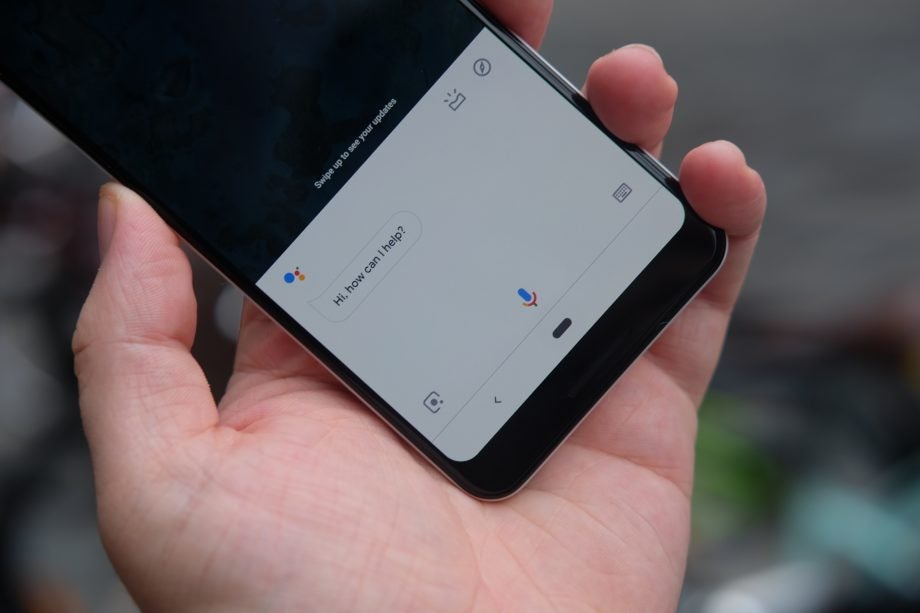Google Assistant update brings offline support, driving mode and better conversations

If there’s one thing that smart assistants have in common, from Amazon Alexa to Google Assistant, it’s that they run in the cloud only and require an internet connection. That was true until today when Google announced that it’s managed to compress the Google Assistant so that it can run directly on your phone.
Announced at Google I/O, the company announced that it had used developments in recurrent neural networks to develop completely new speech recognition and language understanding models, which has let the company reduce 100GB of cloud models down to half-a-gigabyte of data can fit on your phone.
The benefits are two-fold. First, running on your phone, there’s practically zero latency (the time taken for a request to be made and the result to come in). Secondly, you don’t need an internet connection any more.
According to Google, it means that the next-generation Assistant can answer 10 times faster. Google demonstrated how the new Assistant can multi-task across apps, creating a calendar invite, finding and sharing a photo, opening a Twitter profile and so on. And, with Continued Conversation built in, commands can be stringed together one after the other without having to say “Hey Google” for each one.
The Assistant will also be able to be used for dictating long messages, say creating an email. Intelligence in the system will be able to tell the difference between a message and a command, such as ‘send it’ to send a finished email.
The new Assistant will launch on new Pixel phones due for release later this year.
This time it’s personal
As well as making the Assistant faster, Google has made it more personal so that it can understand more about you and your world. For example, if you ask, “What’s the weather like at Mom’s house?”, Google will understand that you’re interested in your mother, not a random business called ‘Mom’s House’.
Google will be able to understand the relationships you have and the people that are important to you. It can also pull in information from other Google services. For example, if you ask for directions to your restaurant reservation, the Assistant can pull the information out of your calendar to let you know.
If this sounds like a privacy nightmare, Google has you covered and promises that all information can be managed or deleted from the new You tab in the Assistant settings.
Google is adding Picks for you, too. This will give personalised information based on what you’ve looked at before, starting with recipes, events and podcasts. If you’ve looked at BBQ recipes in the past, the Assistant will show you related recipes in the future. This will launch on smart displays, such as the Google Home Hub, later this year.
Hands-free driving
Last year, Google brought the Assistant to Google Maps and it will now launch on Waze in the next few weeks. This will let you use your voice safely when driving.
Google is also adding Driving Mode. This is a new dashboard that brings the most useful information to the front, including navigation (you’ll even be prompted for directions to upcoming events), messaging, calling and media. Google showed the example of starting a podcast at home and then Driving Mode giving you the option to carry on listening in the car.
Driving Mode will launch automatically when your phone connects to your car’s Bluetooth, although you can also say, “Hey Google, let’s drive” to start it manually.
Stop!
One of the most common uses for Google Home has to be setting timers and alarms. Nothing’s worse than being woken up and then desperately trying to say, “Hey Google, stop” to get the alarm to go off, only for Google to ignore you. Rolling out now to English-speaking territories, you’ll be able to simply say, “Stop” to turn off alarms and timers. All processing will be carried out on-device, so the response should be fast.


